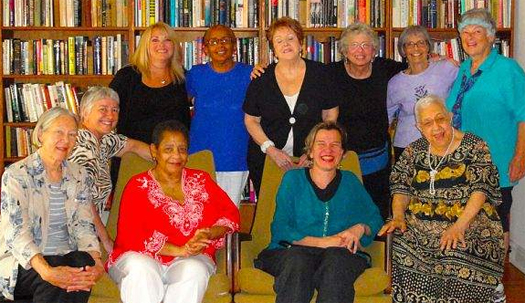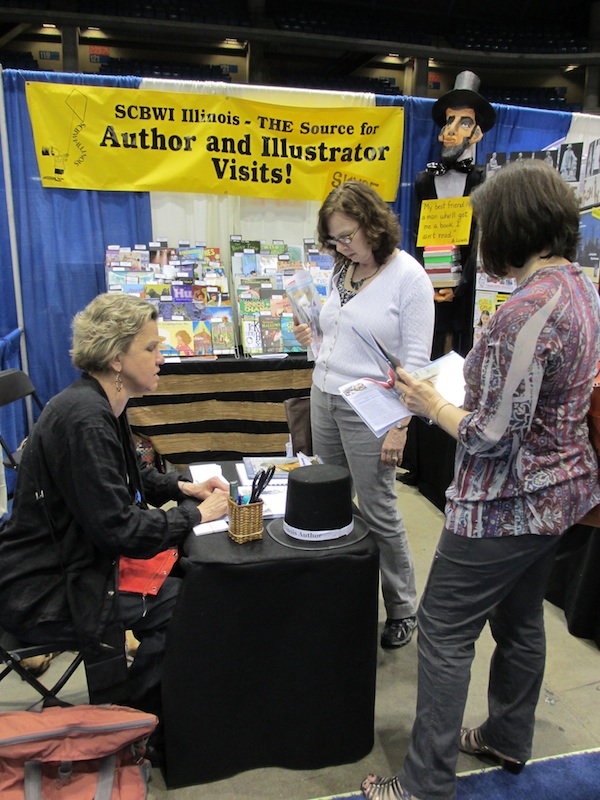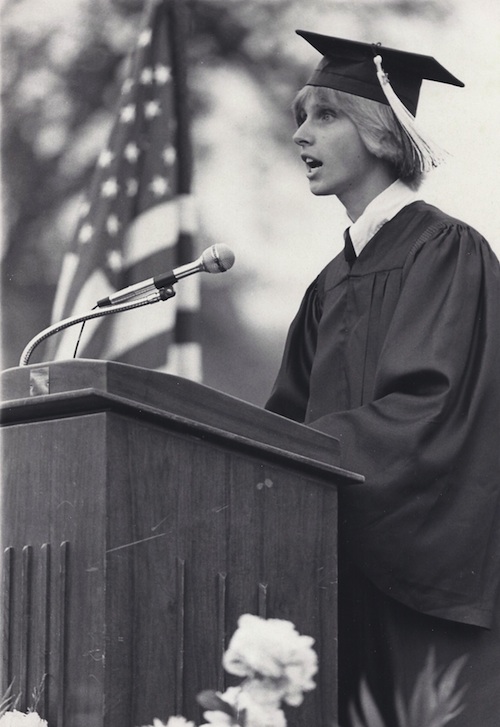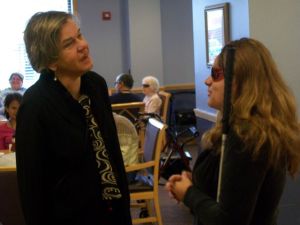Public transportation, of course
September 27, 2012 • 7 Comments • Posted in blindness, careers/jobs for people who are blind, memoir writing, travel, UncategorizedBefore I left for Denver I had to get some posts ready for the Easter Seals blog to publish while I was away. I used the writers from my downtown Chicago memoir class as an example in a post I wrote for the Easter Seals blog about how important public transportation can be to senior citizens, and that post was published today. Here's an excerpt:
Here's an excerpt:
In addition to moderating the Easter Seals blog, I also lead a memoir-writing class for senior citizens — it’s sponsored by the City of Chicago’s Family and Support Services and it meets right downtown. The youngest writer in class is 63, the oldest is 94. Many are widows, and most of them live alone.
Each week I assign these writers a topic, they go home, write 500-word essays, and bring them back the next week to read aloud. After weeks, months, years of hearing each other’s stories, these writers have come to know each other very well. “It’s not a therapy session,” one of them told me with a laugh. “But it sure is therapeutic.” Very few of the writers in my class own cars, and none of them drive to class. They live on Chicago’s south side, the Gold Coast, in Hyde Park, in west Rogers Park. How do they get downtown? Public transportation, of course!
Easter Seals’ National Center on Senior Transportation works to increase transportation options for older adults and enhance their ability to live more independently within communities throughout the United States. Other riders — those of us with disabilities, for example — benefit from the work the center does, too.
So anyway, that post went up on the Easter Seals blog today, and by chance today’s cover story out here in Denver’s Westward newspaper is about Claudia Folska, who is blind and running for a seat on Denver’s Rapid Transit District (RTD) board. A Denver resident is quoted in the story complaining that Folska is a shoe-in because she’ll get the “sympathy vote.” Well, she may be a shoe-in, but not due to sympathy. More likely because she’s received endorsements from ten other RTD board members, from city council members, and from the Denver Area Labor Federation.F rom the story:
“She has the capacity to understand the technology of transit — the details of it and the bottom line,” says Stan Gronek, the financial secretary-treasurer of the Amalgamated Transit Union Local 1001, which has endorsed Folska, “and she has the heart for the passenger, particularly the segment of disabled passengers who really need public transportation.”
The Denver area is known as one of the best American cities when it comes to public transportation, but when a sighted man donned a blindfold for the Westward story, Folska was able to point out where Denver’s RTD is still falling short. Their experience confirms what Denver residents have been telling me about crossing intersections with Whitney. “The light rail goes right in front of your hotel,” they warn. “So be careful –it’s hard to hear it coming!” Again, from the story:
For instance, many light-rail trains are too quiet to hear until they’ve already arrived and the whooshing automatic doors open in illogical places along the platform. There are dangerous walking paths and tricky escalators and hanging plants that no amount of expert maneuvering with a white cane can detect. And then there are the “virtual corners” — corners without curbs that are easier for wheelchairs but whose slopes provide no clues to blind pedestrians as to where to cross the street, meaning they could end up in the middle of a busy intersection.
Whitney and I have been treading carefully while Mike is busy at his conference, and we have already managed to enjoy a Rockies game at Coors Field and many safe trips to the 16th Street Mall without getting hit by a quiet train. I do hope Claudia wins that election, though. Sounds like the Denver RTD board could use her vision!



